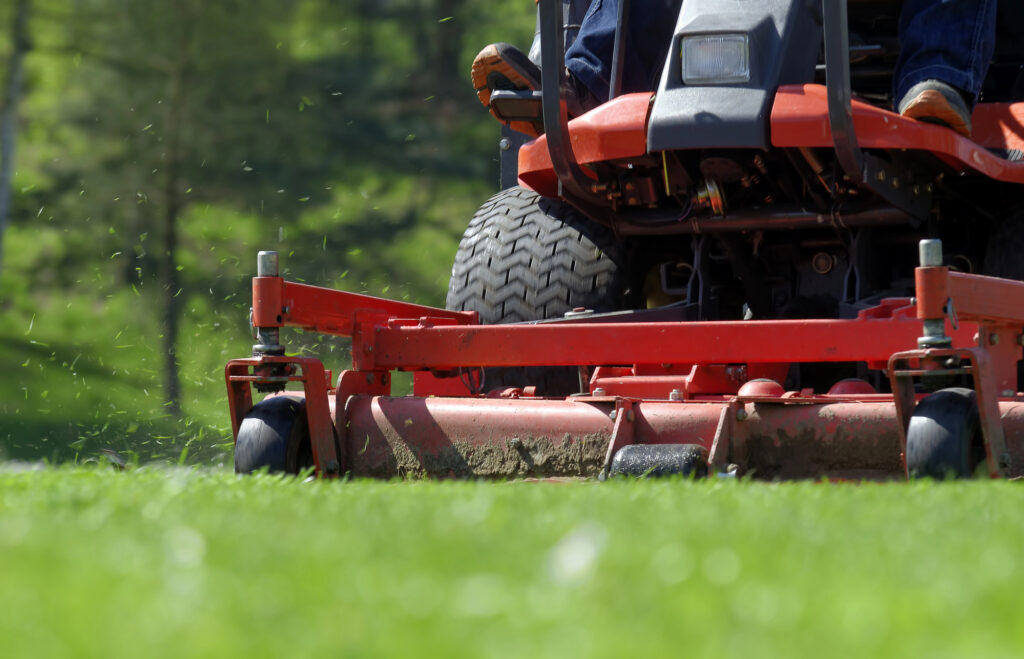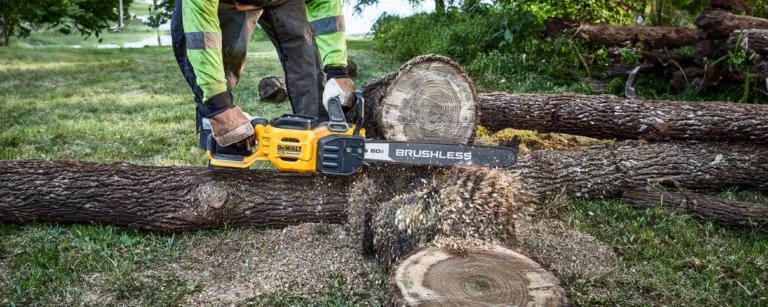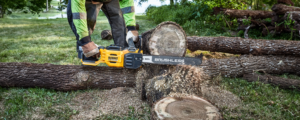Achieving perfectly mowed grass is part science, part art, and a bit of patience. It’s more than making it look good; it’s about keeping your lawn healthy and strong. This guide will cover everything you need to know about preparing your lawn, how to mow it properly, and how to take care of it afterwards, so your lawn looks great and stays healthy.
Preparing Your Lawn
Before starting your mower, it’s important to know your grass type and what it needs. Different grass types have their own ideal heights and growth patterns that should dictate how you mow. Always use a sharp blade for a clean cut, as this helps keep your grass healthy. Dull blades can damage the grass, making it more likely to get diseased and stressed.
Crafting Mowing Patterns for a Lawn That Stands Out
Mowing your lawn isn’t just about cutting grass; it’s crucial for your lawn’s health and looks. Using patterns like checkerboard, spirals, and diagonals not only makes your lawn look better but also helps it grow healthier and more evenly. The secret is to change your mowing pattern regularly. This prevents soil compaction and leads to a consistently green lawn.
Creating a Checkerboard Pattern: A Simple Guide
One of the most visually striking and surprisingly straightforward patterns to create is the checkerboard. Here’s how to achieve it:
- Mow in Straight Lines: Start by mowing your lawn in straight lines back and forth.
- Cross Pattern: Next, mow perpendicular lines across your initial mowing direction to form the checkerboard pattern.
- Final Touch: For a crisp finish, mow a border around the lawn’s perimeter. This step cleans up any uneven edges and enhances the pattern’s definition.
Incorporating these mowing patterns into your lawn care routine adds a dynamic visual element to your yard while contributing positively to the grass’s health.
Timing and Technique
The timing of your mow is just as important as how you mow. Mid-morning or early evening are optimal times, as the grass is dry and less stressed. Wet grass not only poses a safety risk but can lead to an uneven cut and encourage disease. Mowing wet grass is a definite no-no.
Optimizing Grass Height for a Healthy Lawn
To keep your lawn healthy and vibrant, it’s important to adjust the cutting height based on the season and type of grass you have. A good rule to follow is to never cut more than a third of the grass blade at one time. This helps the grass stay strong and bounce back quickly after being cut.
To help you visualize and implement this advice, here’s a general Lawn Mowing Height Chart tailored for several common grass types:
This chart provides a season-by-season guideline for adjusting your mowing height, ensuring your grass stays healthy and robust all year round. Remember, these are general recommendations, and your specific lawn conditions might require adjustments.
Seasonal Height Adjustment Guide
- Spring: Set your mower to a higher setting to encourage growth and allow the grass to strengthen after the dormant winter months.
- Summer: Maintain a slightly higher grass height to protect against heat stress and conserve soil moisture.
- Fall: Lower the cut slightly to prepare the grass for the coming winter, but avoid cutting too short to prevent weakening the grass.
Adjusting the height of your grass according to the season and type helps make your lawn look better and stay healthier, keeping it green and strong all year.
Lawn Mower Maintenance and Settings
To enhance your mower’s performance and ensure your lawn remains healthy, it’s vital to follow a comprehensive maintenance routine.
- Seasonally adjust your mower’s settings to accommodate the changing grass height and environmental conditions.
- Regularly clean the undercarriage to prevent rust and remove grass and debris, which can lead to blockages.
- Check and maintain the air filter and spark plug to ensure efficiency.
- Additionally, follow a seasonal maintenance checklist: sharpen blades in spring and autumn, clean the air filter, and prepare your mower for winter storage.
This proactive approach will not only keep your mower in optimal condition but also contribute to a healthier, more vibrant lawn.
Post-Mowing Care
After mowing, it’s crucial to take good care of your lawn. First, clear away any objects to make mowing safe and efficient. Then, water the grass to help it recover and grow strong. Keep an eye out for any signs of stress, pests, or diseases and deal with them quickly. Aerating the soil can also help by letting air and nutrients reach the roots more easily.
Adding a bit of fertilizer during the right seasons can give your lawn an extra boost, making it healthier and more vibrant. By following these steps, you’ll not only make your lawn look better right away but also keep it healthy in the long run.
By following these simple tips, you can help ensure your lawn looks beautiful all year long! Shop online today at Kinnunen for your lawn and garden tools, or call us at (405) 784-4259, and speak to one of our equipment specialists.






